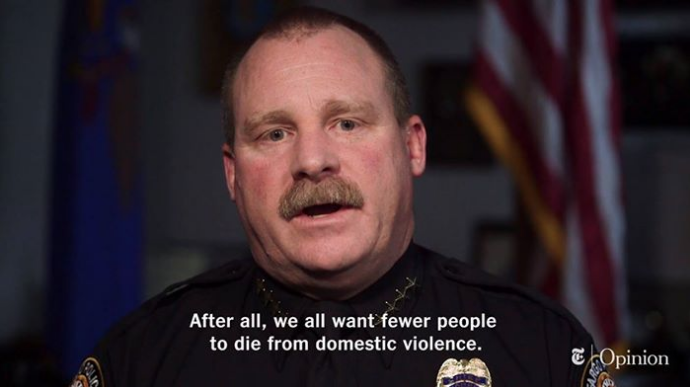Teenage Girls and Dating Violence: Why We Should Be Paying Attention
Original post: New York Times | By Maya Salam | May 21, 2019
“This is a public health issue that should be taken seriously.”
— Avanti Adhia, the lead author of a new study about teen dating violence
It’s no secret that intimate partner violence is a leading killer of women in the United States: More than half of homicides of women are at the hands of a romantic partner, according to the Centers for Disease Control and Prevention. Now it appears that this type of violence is also affecting adolescent girls.
A new study found that of nearly 2,200 homicides of young people from 2003 to 2016, some 7 percent — or 150 of those deaths — were at the hands of current or former intimate partners. Girls made up 90 percent of the victims, underscoring the importance of not discounting early dating relationships as casual or pretend.
“While the dynamics of these relationship may be quite different than among adults, this is a public health issue we need to take seriously,” said Avanti Adhia, who led the study, one of the most comprehensive ever on the topic, which was published in the April issue of JAMA Pediatrics.
Dating violence among teenagers has the potential to lead to death, she went on, and girls are at the highest risk.
Breakups or jealousy precipitated more than a quarter of the homicides, researchers found, and a majority of the deaths involved guns (which are also a major factor in the number of adult women killed by their partners). The average age of girls killed was 17, while their partners were, on average, 21.
The fact that teenagers are grappling with intimate partner violence might be surprising, but it’s actually incredibly common.
In 2017 alone, 7 percent of high schoolers said they had experienced sexual violence by a dating partner, and 8 percent reported physical violence, according to C.D.C. “That translates to a huge number of adolescents,” said Adhia, a researcher at the University of Washington School of Medicine.
Include psychological abuse, and these numbers rise significantly. More than 60 percent of adolescents who date (both boys and girls) said they had experienced physical, sexual or psychological abuse from a partner, according to the National Survey on Teen Relationships and Intimate Violence published in 2016.
“These relationships set the stage for future relationships,” Adhia said, adding that this abuse could lead to long-lasting emotional scars like anxiety, depression, substance use, antisocial behavior, eating disorders and suicidal thoughts.
What can be done? Dr. Megan Bair-Merritt, a pediatrician at Boston Medical Center and Boston University School of Medicine who wrote an editorial to accompany the study, says it’s important for adults to foster open and honest conversations about relationships with the children in their lives, even before they start dating.
Children should also know they have “safe adults” (parents, grandparents, teachers, coaches) to rely on during hard times, Bair-Merritt said.
“Safe relationships with adults buffer from stressors,” she said. “The more, the better.”
If you or someone you know needs help, support is available. Visit the The National Teen Dating Abuse, call (866) 331-9474 or text LOVEIS to 22522.




